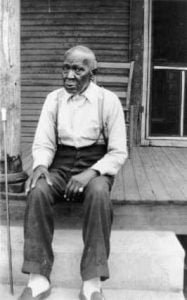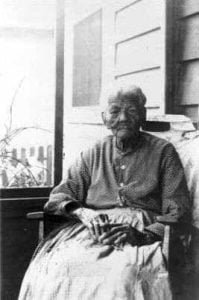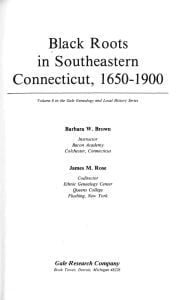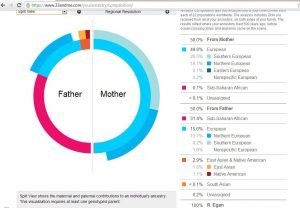Slave Narrative of Walter Calloway
Walter Calloway was born in Richmond, Virginia, in 1848. Calloway and his mother and brother were purchased by John Calloway, who owned a plantation ten miles south of Montgomery, Alabama. By the time he was ten years old, Walter Calloway was doing a grown man’s work. The white overseer used a black hand to administer the whippings; Calloway recalls seeing one thirteen-year-old girl whipped almost to death. Calloway also tells of worshipping in a brush arbor, the outbreak of the Civil War, and federal troops ransacking the plantation at war’s end. He is pictured sitting on the front steps of his home in Birmingham, Alabama, where he worked for the city street department for twenty-five years.







